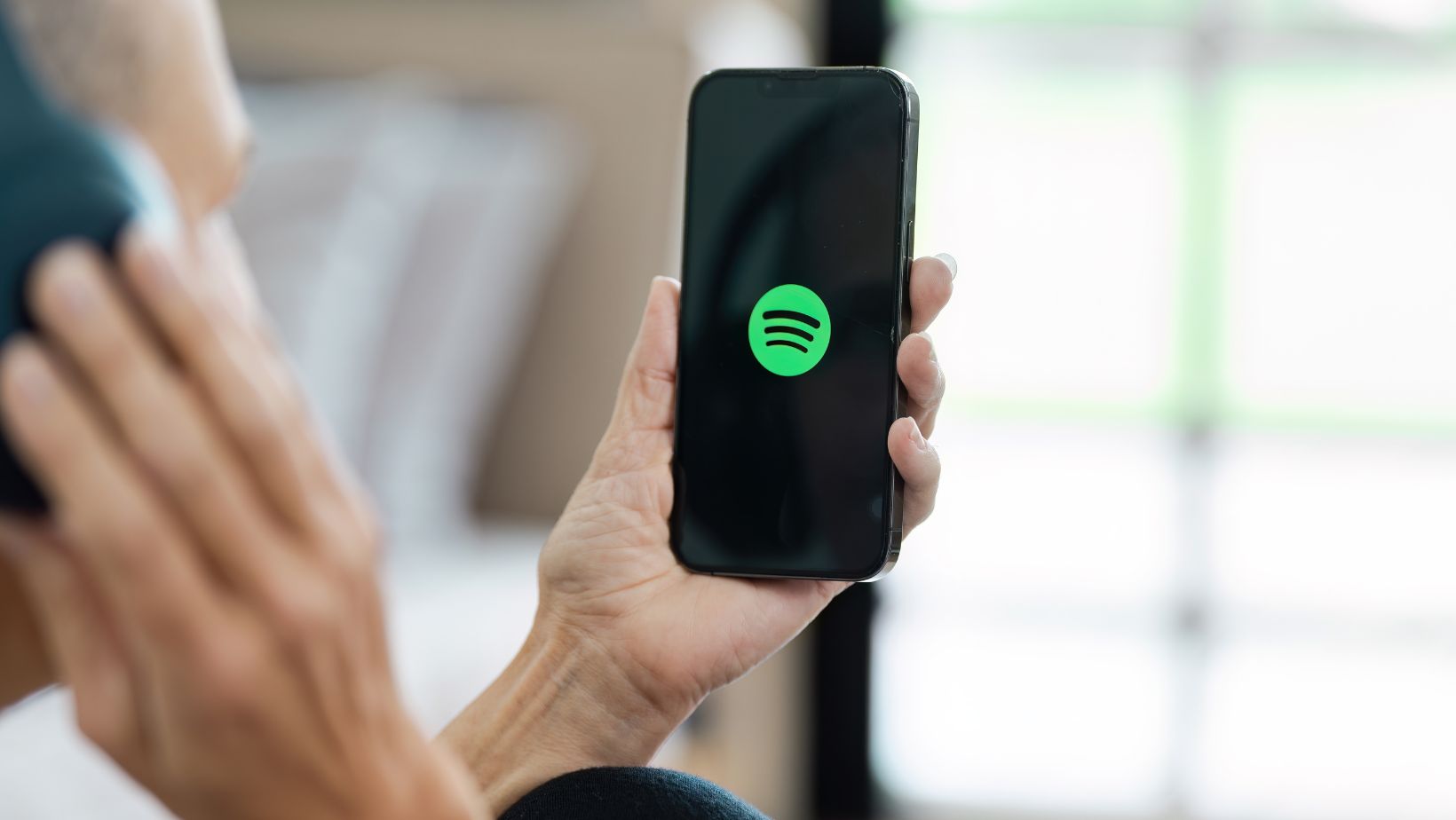Spotify has completely changed how music is found and heard today. Spotify’s data analytics offers really big possibilities to artists who put effort into mastering this data, allowing artists, new and old, to measure exactly what is working and what is not. Using Spotify to see the data, artists can grow their fans and music quickly and efficiently. Let us tell you how.
Understanding Playlist Engagement
One of the keys to Spotify’s growth is really playlists. Getting spots on popular playlists is something lots of artists aim for; it causes quick exposure plus huge listener counts. This all sounds great, right? Well, looking at Spotify’s analytics and understanding which playlists are doing what, artists take the reins. The Spotify analytics tool will tell you what lists are getting views, if they are converting to streams, and what your audience is like.
Lots of different services promise you can buy Spotify playlist plays from a third-party website, and sometimes they sound super convincing, but using analytics and finding real playlist curators can bring valuable relationships for your music. Instead of focusing solely on quick shortcuts that are “too good to be true”, analytics help you find legit opportunities, providing a better, lasting boost for you.
Finding Your Real Audience
Analytics are also pretty powerful in regard to knowing the music fans in different geographic locations. Spotify analytics breaks down listener demographics, from what countries they live in to their gender to their music listening habits. So, as artists dive more into this data, artists learn what they need to focus on based on the type of fans they are attracting.
Maybe many of the downloads are coming from outside of the artist’s local town or hometown. That artist should start focusing most of their advertisement budget towards a city that actually believes in them. A solid strategy involves seeing trends, and then really understanding the market in locations that are really liking the songs.
Refining Your Musical Strategy
Spotify analytics goes beyond just knowing who listens; it lets you have an idea of when they listen. An artist might notice their plays for a recent song really spike during the early morning, implying people are listening to it while they cook breakfast or on their way to their day jobs. This really leads the artist to release new music in the early morning to see a larger response and amount of listens to it.

Also, figuring out how people discover your music offers insights into how it is spreading. See if they are coming to a song after hearing it on an artist’s Spotify profile, or through people sharing it on Instagram. All of this helps an artist refine marketing and promotional strategies to continue reaching more people who seem to like their music.
Spotting Peak Listener Patterns
Going even deeper than specific times, Spotify analytics even shows patterns over much longer spans. Are tracks, for example, far more in demand or listened to in, perhaps, the summertime? This data’s not magic dust for achievement. If an artist knows their songs spike when the months are warmer, they make a marketing plan to focus on summer music festivals. Smart musicians are always studying stuff like that.
Data from these analytics will even potentially hint at the kinds of music your listeners vibe with best. Perhaps people react really enthusiastically toward certain experimental production styles, but not so much in others. Use these numbers to experiment with what works and what needs to stay in the vault, while expanding artistic capabilities.
Tracking Song “Save” Rates
Artists should also focus on “save” rates; this is when someone actually loves a tune. Getting listeners’ save songs can tell you how good the song is, and even if the songs have staying potential. If songs get a high number of saves, this can reflect a much deeper feeling for the artist, as these fans enjoy the music a lot.
Low save rates might even signal that many “plays” aren’t really plays at all. Some plays are from real fans who like the music and like listening to them, some are fake, and some are only on for a few seconds and bounce out. Figuring that disconnect is something even analytics cannot fix; it will show the artist the songs are not as fun or engaging the way they expect them to be. Time to go back to production!
Conclusion
To sum up, Spotify analytics could be a huge secret weapon that nobody knows! By making sure every key piece of data matters, these artists go forward and have a bigger control over getting more streams and fans. They learn by paying close attention, focusing on what works, and always improving their plan of action.


